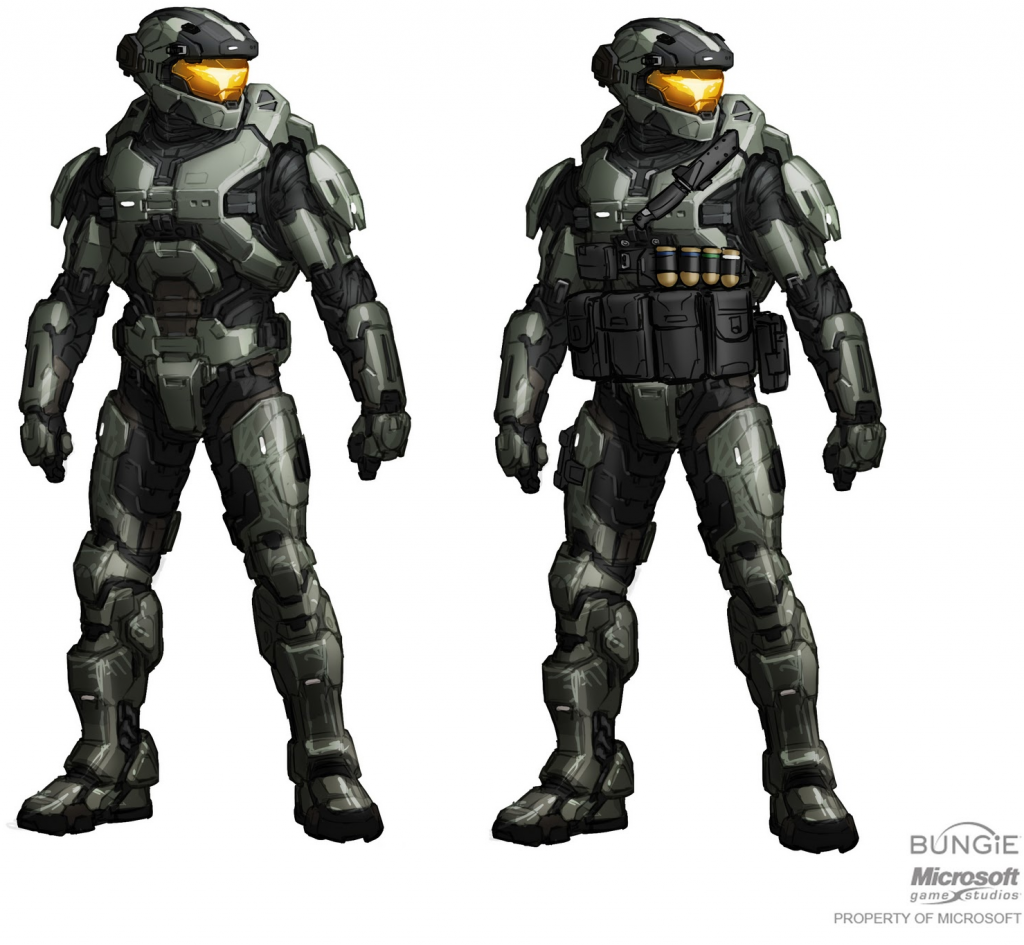A11 Vanadium Chrome Steel
The armor primarily uses A11 "
Micro-melt" steel, a vanadium Chrome steel with an MPa of approximately 5,200, a young's modulus of 200 GPa, while still maintaining an HRC of 55+. The material serves in contrast to
AR500 armor, with only approximately 1500 MPa, and slightly less hardness and elasticity. The armor is approximately 3 times stronger, and has one of the highest MPa's of any commercially available armor on the market, higher even than Kevlar. Regardless, the material is quite heavy and to cover the body in enough armor to protect against common rifle threats requires a minimum of 60 pounds, of which the armor uses up to 90. The helmet, boots, chest and most parts of the armor use the steel, save for parts on the hands, the visor and other translucent parts of the armor, and parts of the boots (which use rubber grips). The armor is resistant to .30 caliber AP rounds, and is level IV resistant armor.
The mechanical properties of the steel give it several advantages over materials such as a kevlar. Being far more elastic it can flex upon absorbing energy, giving it the ability to return to it's original form after being stressed. The armor is much tougher, and unlike ceramics or kevlar is capable of absorbing repeated impacts without breaking. Instead of only being useful for 1-4 shots, the armor can absorb the shots repeatedly, allowing it to possess greater durability in the field. It is also more useful against shrapnel and other common forms of attacks, as repeated or multiple impacts do not wear down on the armor as significantly. The armor provides significantly better protection than standard combat armor, but is also much heavier. The Steel is typically covered in small ceramic tiles, which aid to a degree in stopping specialized armor piercing rounds.

